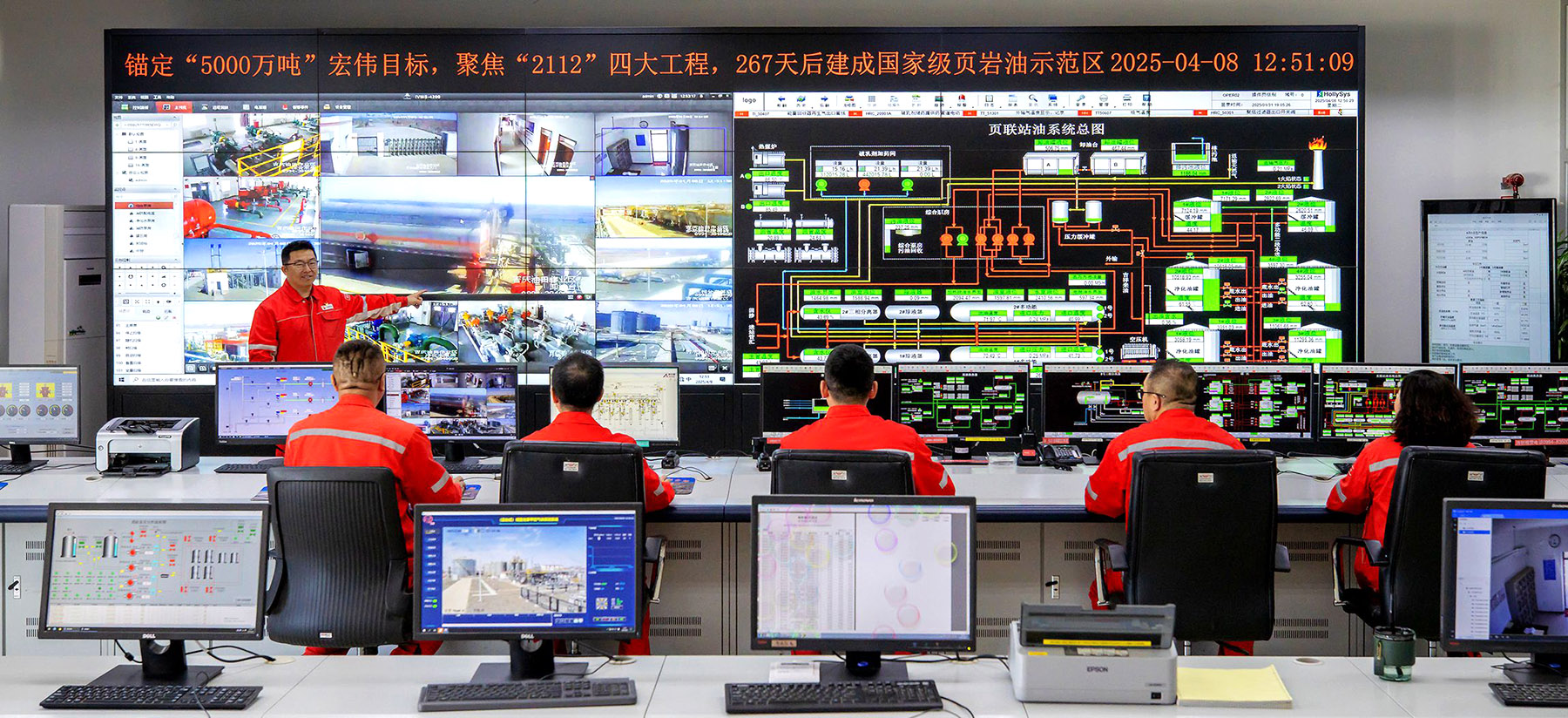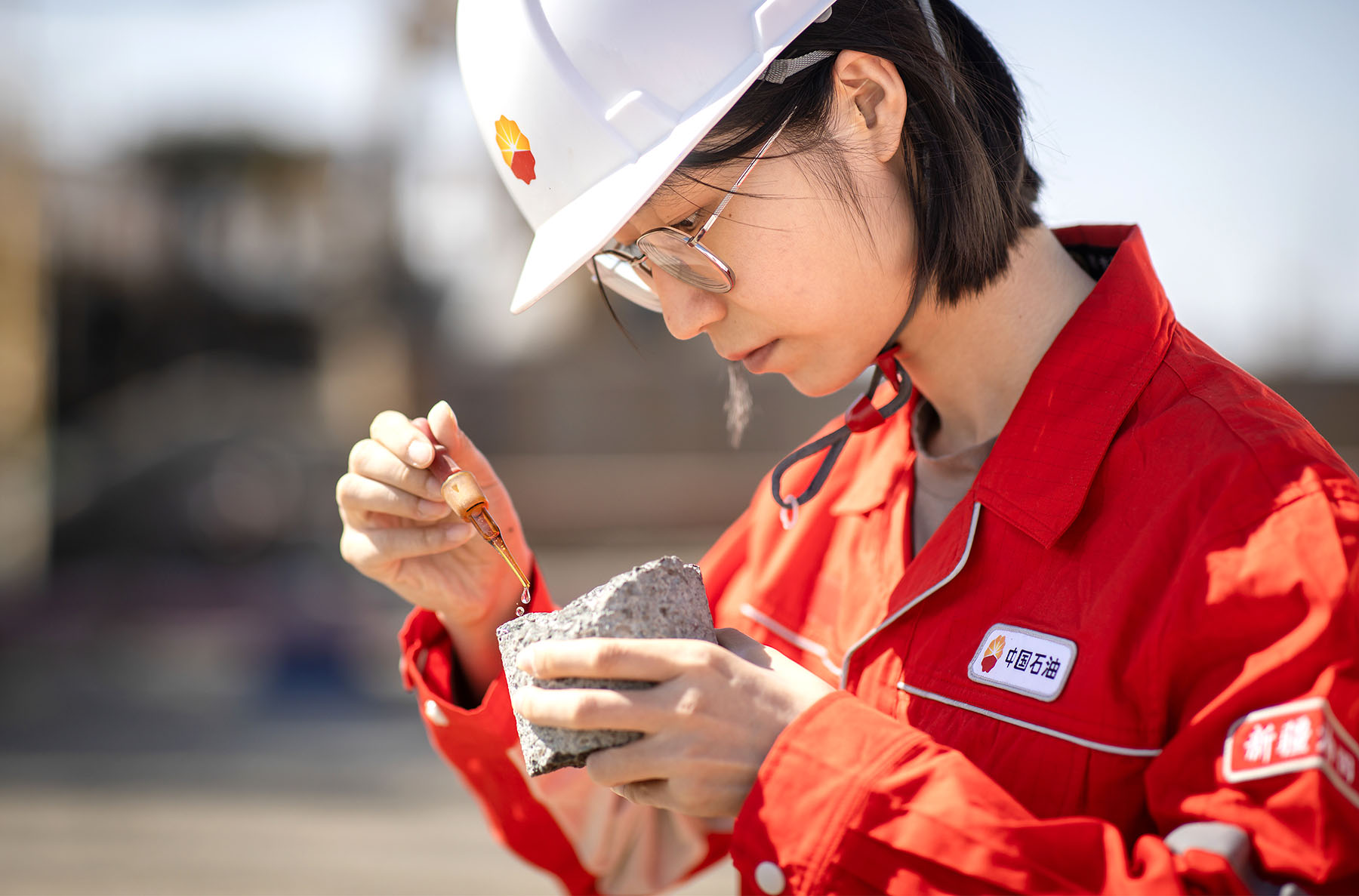Workers 'persevere' to meet 20-million-ton annual production target
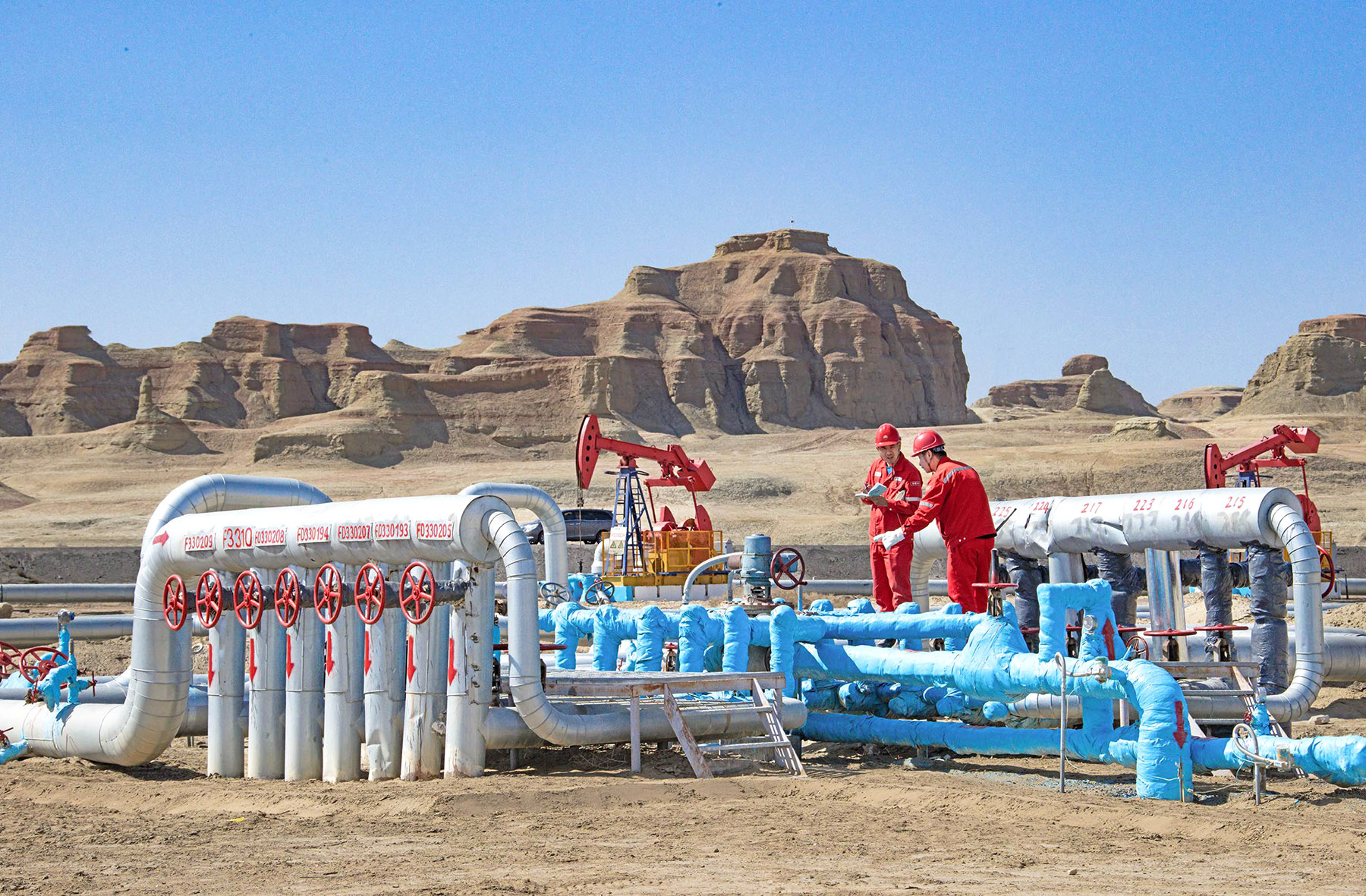
On the morning of April 13, in the vast Gobi Desert in the Junggar Basin, the 17th drilling platform of the Jiqing Operation Area in the Xinjiang Oilfield of China National Petroleum Corp reverberated with the sound of machinery.
Chief geologist Chen Yiwei leaned in to examine rock chips, discussing drilling measures with the technicians. Serving as the primary battleground for shale oil development, the Jiqing Operation Area plans to deploy 11 drilling rigs this year, completing 51 wells and 68 fracking operations, with an expected annual increase of at least 500,000 metric tons of shale oil.
READ MORE: China's major shale oil base achieves annual output of over 1 million tonnes
The area produced 395,000 tons of crude oil in the first quarter of this year, marking an 80 percent year-on-year increase and reaching a record high for the period.
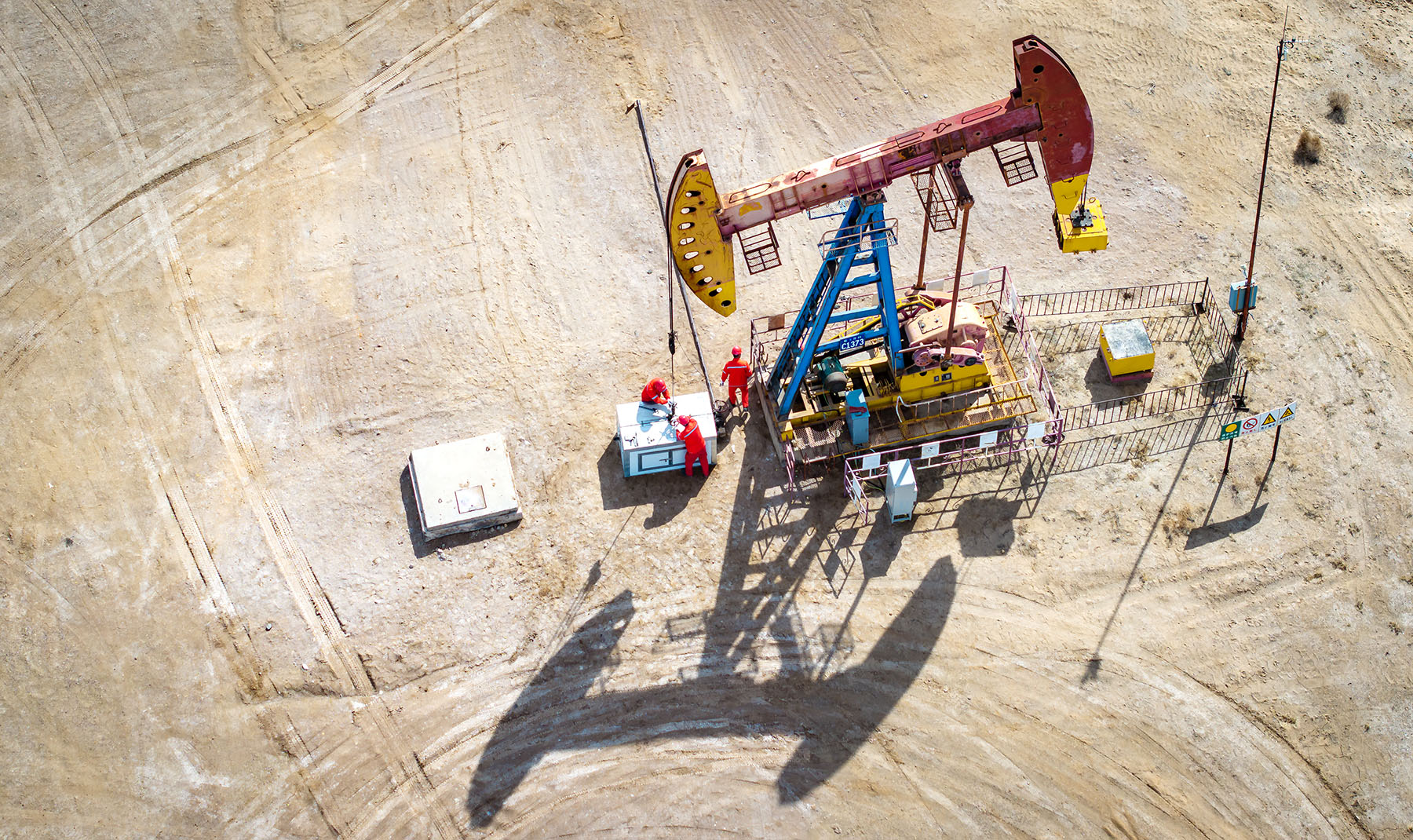
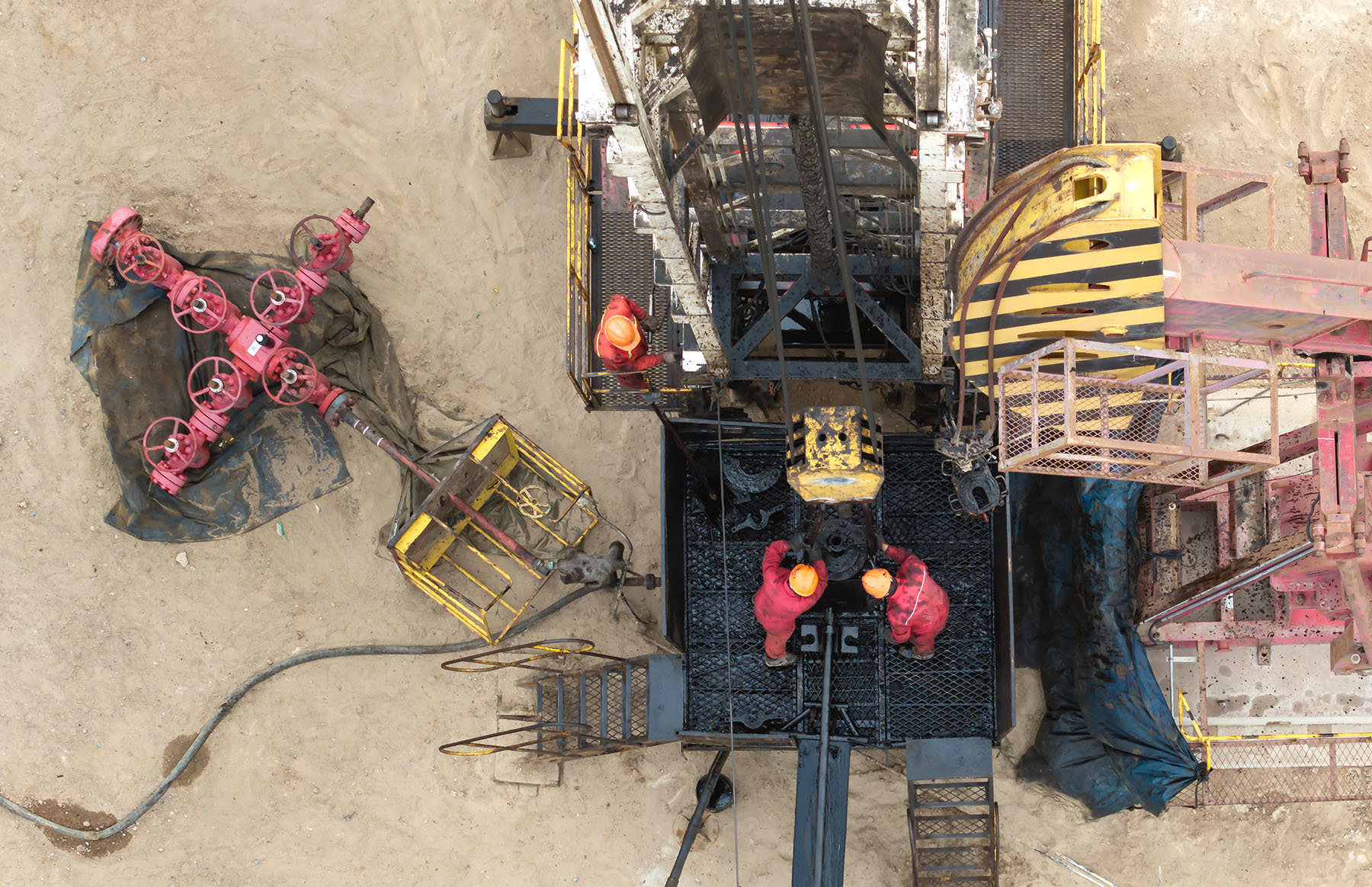
This year marks the 70th anniversary of exploration and development in the Xinjiang Oilfield. From the inaugural industrial oil flow of the No 1 well in 1955 to the current multi-million-ton oil and gas fields, the spirit of "settling down, rooting in, not giving up and persevering" has deeply resonated within the hearts of oil workers.
At present, the oilfield's research, production and logistics workers are collaborating to achieve the annual target of extracting 20 million tons of oil.


They are optimizing development plans using big data, conducting core experiments at well sites in the eighth area to provide crucial data for the development of 55 wells in old areas. Grassroots production teams are stationed at old wells to accelerate new well yield, and the logistics department is strengthening material allocation and equipment maintenance to enhance production efficiency.
ALSO READ: Drilling completed in Xinjiang on Asia's deepest vertical well
At noon, patrol team leader Zhang Lei and his team inspected the photovoltaic panel array. The panels coexisting with the endless red oil wells symbolize the oilfield's transition toward green practices. The installed solar capacity in the Xinjiang Oilfield has reached 200,000 kilowatts, with the annual power generation meeting 15 percent of production needs.
